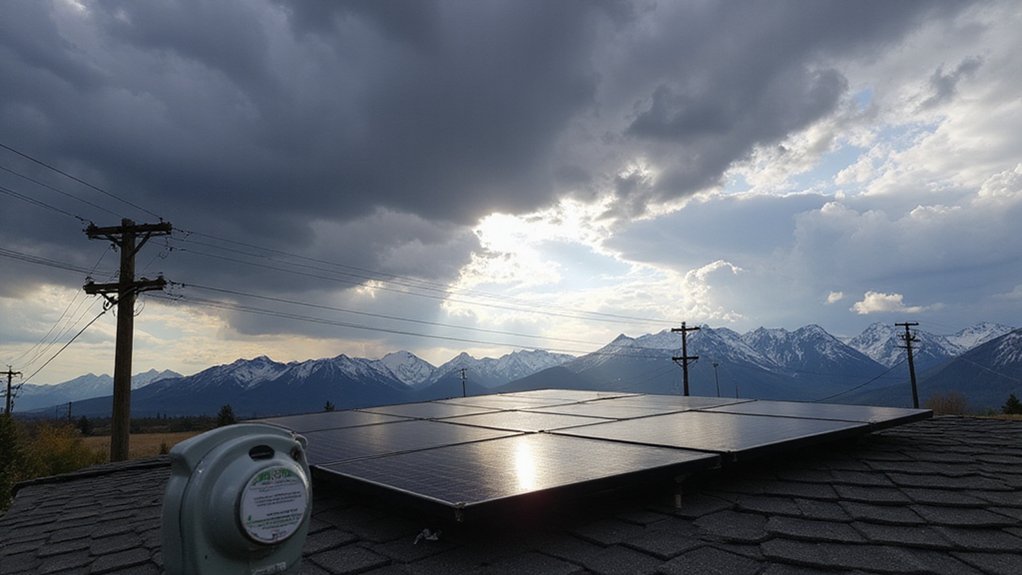While Canada races to meet its climate targets, renewable energy projects sit trapped in a bureaucratic maze that would make Kafka proud. Multiple agencies, overlapping jurisdictions, delays that stretch on forever. It’s enough to make any clean energy developer want to throw in the towel.
The problem? Too many cooks in the regulatory kitchen. Companies need approvals from ministries, conservation authorities, municipalities – basically everyone except the local hockey team. Traditional processes force developers to navigate a complex web of provincial and federal requirements. The result is predictable: projects that should take months drag on for years.
Ontario tried to fix this mess with its Renewable Energy Approval process. The idea was simple enough – bundle all those provincial approvals into one package. Developers complete their assessments, submit to the ministry, wait for review. If something’s missing, they get notified. Once complete, the project gets posted for public review. Better than the old system, sure, but still not exactly speedy. The Environmental Registry posting triggers a public comment period as mandated by the Environmental Bill of Rights, adding another layer to the timeline.
British Columbia just went bigger. In February 2025, they announced legislation that would hand wind and solar projects to the B.C. Energy Regulator. One-stop shopping for permits. Nine projects will test this new framework, with the regulator monitoring them from cradle to grave while juggling environmental, economic, and social concerns. Ambitious? Maybe. Overdue? Definitely.
The feds aren’t sitting idle either. They’re overhauling the entire permitting regime nationwide, trying to create what they call an “accelerated project ecosystem.” Translation: less red tape, more renewable energy. They’re pushing provinces and Ottawa to coordinate better, eliminate redundancies, prioritize renewables. All while maintaining environmental standards, of course.
Indigenous consultation remains non-negotiable – and rightly so. Early engagement, meaningful participation, knowledge integration. It’s becoming standardized, with co-development opportunities taking center stage. Digital platforms are speeding up submissions. Risk-based assessments fast-track smaller projects. Wind projects still need to demonstrate protection for bird and bat populations through mandatory post-construction monitoring and habitat setbacks.
These policy reforms align with the broader global trend, where tax incentives have successfully encouraged utilities in 178 countries to invest $366 billion in renewable energy development in 2021 alone.
The message is clear: Canada’s done waiting. These reforms might not be perfect, but they beat watching renewable projects die slow deaths in regulatory purgatory. Time will tell if this bold move pays off.
References
- https://www.ontario.ca/page/get-renewable-energy-project-approved
- http://www.ontario.ca/page/renewable-energy-project-approval-and-permit-requirements
- https://www.torys.com/our-latest-thinking/torys-quarterly/q2-2025/three-ways-to-make-canadas-project-approval-process-great
- https://www.osler.com/en/insights/reports/regulatory-approval-for-energy-projects-2/
- https://www.cbc.ca/news/canada/british-columbia/b-c-to-streamline-regulatory-process-for-clean-energy-projects-1.7454380








